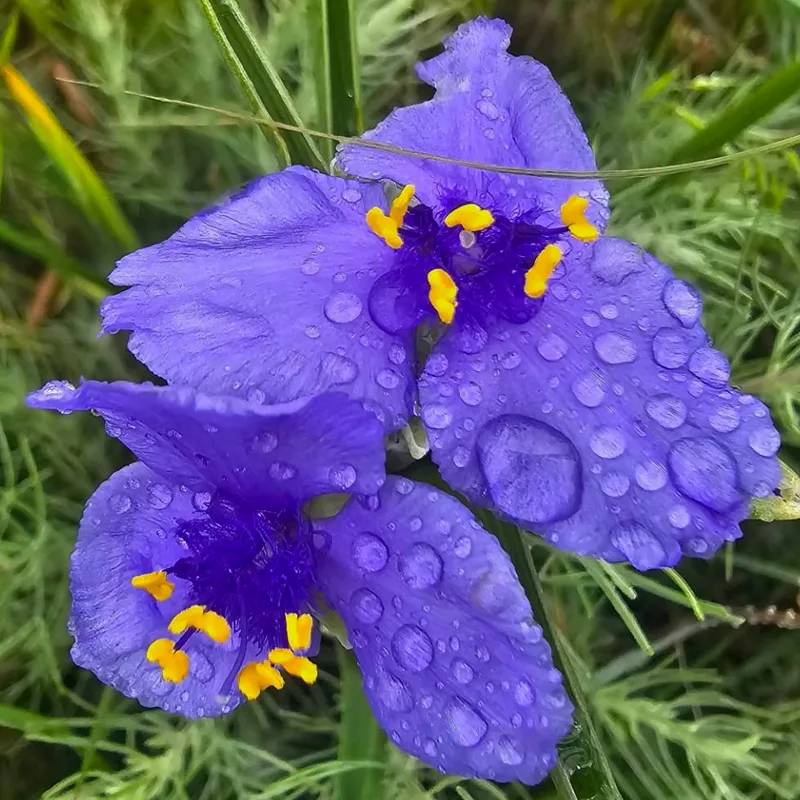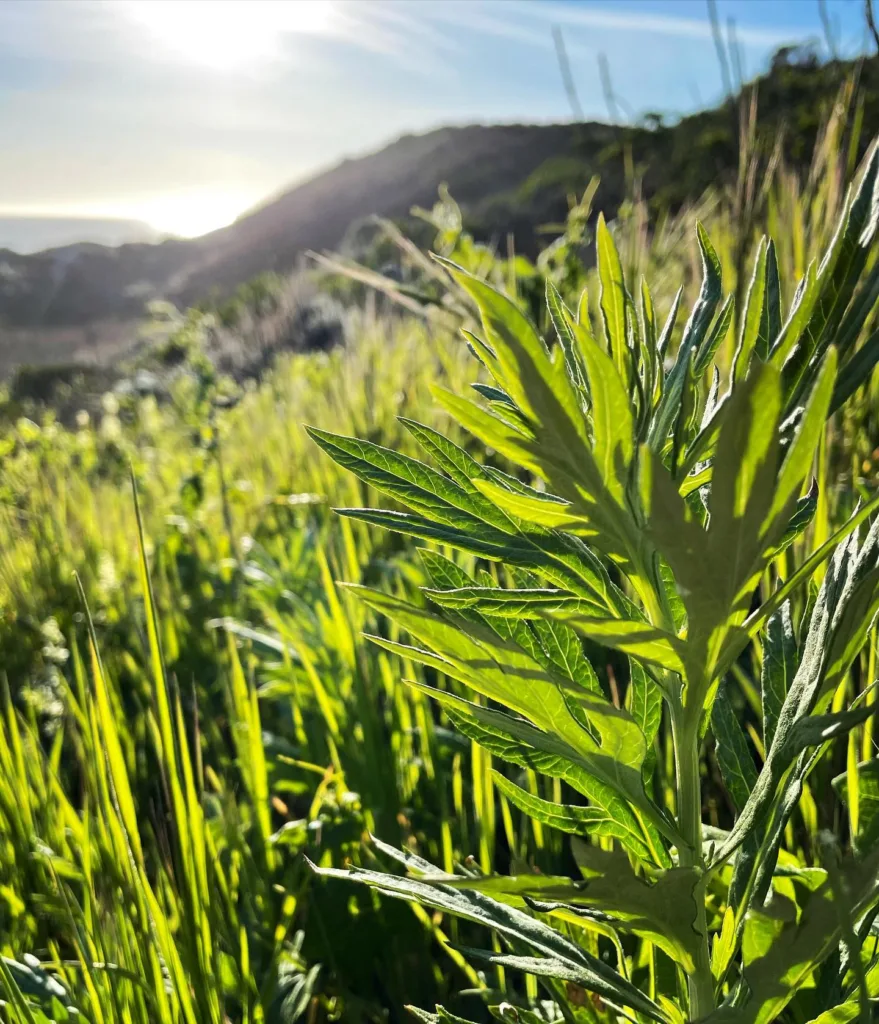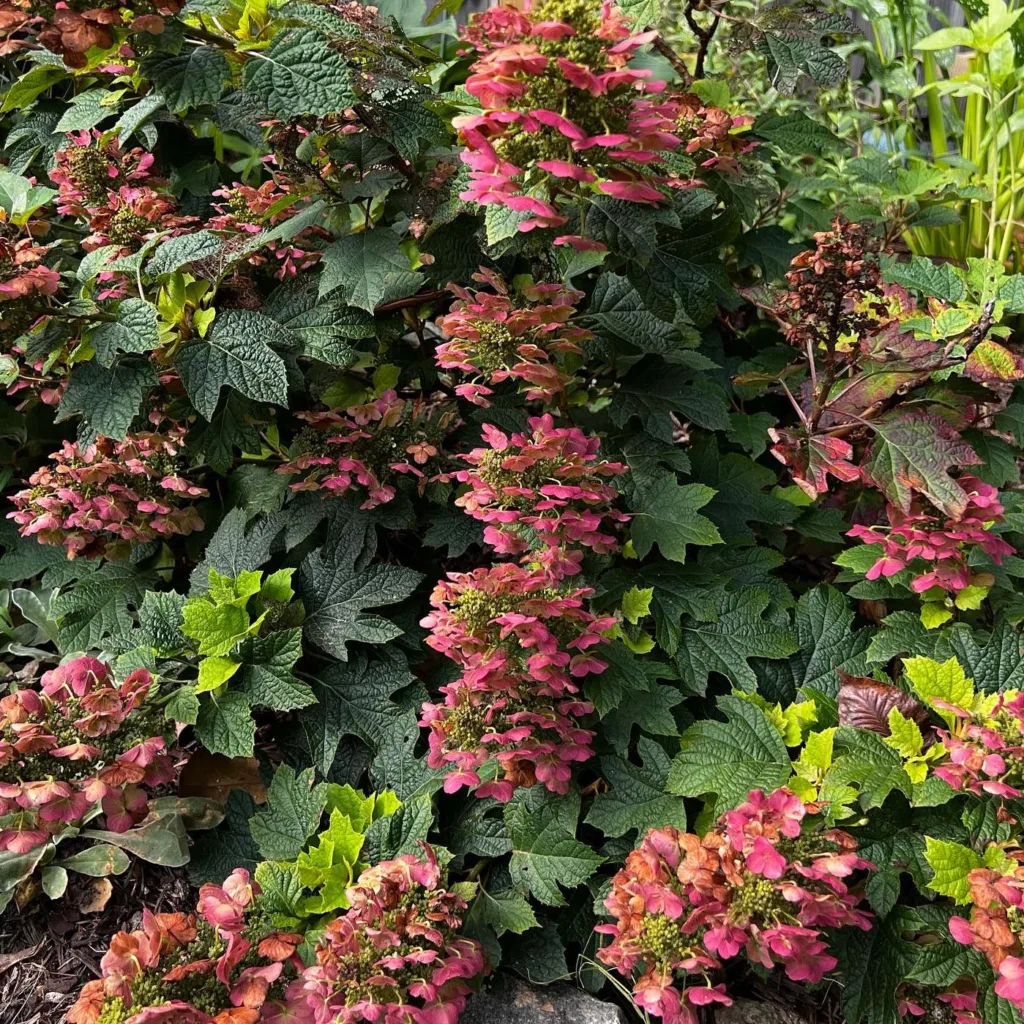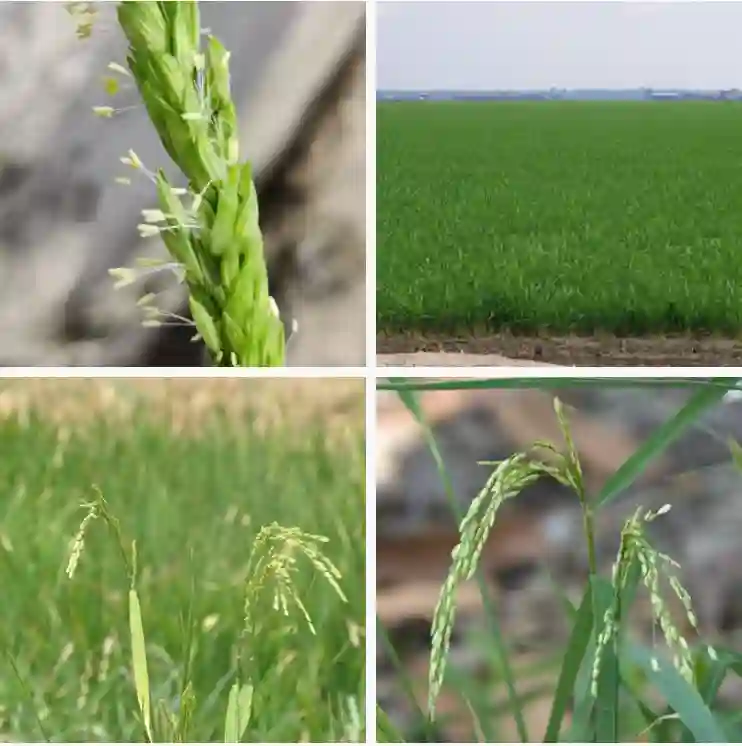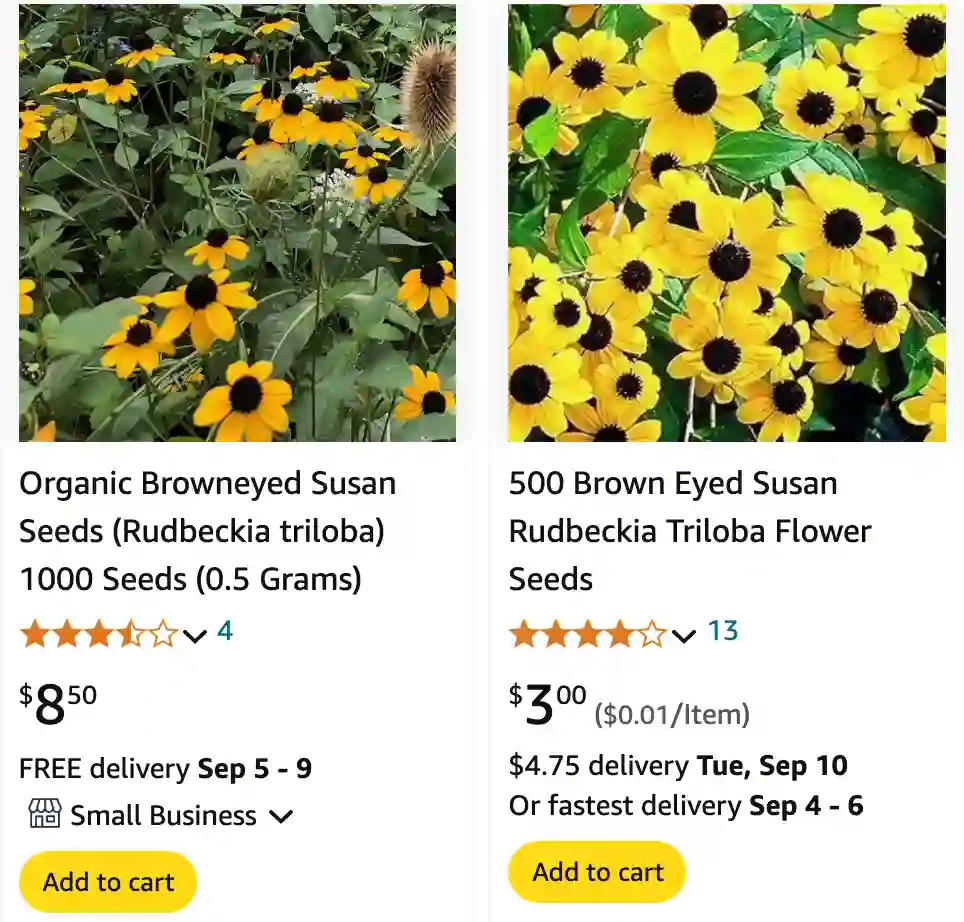
FAQs About Rudbeckia Triloba
When it comes to vibrant, eye-catching garden plants, Rudbeckia Triloba, commonly known as Brown Eyed Susan, stands out for its distinctive beauty and ease of care. Having grown Rudbeckia Triloba in my garden, I can share firsthand insights on various aspects of this lovely plant. Here’s everything you need to know.
31 Species in Genus Rudbeckia
How Many Years Rudbeckia Triloba?
Rudbeckia Triloba typically has a lifespan of about 2 to 3 years. While it’s not a long-lived perennial like some other garden plants, it reliably blooms for a couple of seasons before its vigor wanes. However, the plant is usually quite generous with its flowers during its active years, providing a burst of color in late summer and early fall.
Is Rudbeckia Triloba a Perennial?
Rudbeckia Triloba is often considered a short-lived perennial or biennial. Unlike true perennials that persist for many years, Rudbeckia Triloba tends to have a more transient presence. It completes its lifecycle in a few years, but it self-seeds readily, which means you can enjoy its blooms year after year as new plants emerge from the seeds of the previous generation.
How to Grow Rudbeckia Triloba?
Growing Rudbeckia Triloba is fairly straightforward. Here are some tips based on my own experiences:
- Soil and Location: Choose a well-drained soil and a sunny spot in your garden. Rudbeckia Triloba thrives in full sun but can tolerate partial shade.
- Planting: You can start Rudbeckia Triloba from seeds. Prepare the soil by loosening it and mixing in some compost to enrich it. Sow the seeds directly into the soil in early spring or late summer.
- Watering: Keep the soil consistently moist but not waterlogged. Rudbeckia Triloba is somewhat drought-tolerant once established but benefits from regular watering during dry spells.
- Fertilizing: Use a balanced fertilizer once or twice during the growing season to promote healthy growth and abundant flowering.
What Do Rudbeckia Triloba Seedlings Look Like?
Rudbeckia Triloba seedlings are quite distinctive. Initially, they appear as small, rounded leaves with a hint of the characteristic three-lobed shape. As they grow, the leaves become more jagged and larger, resembling the mature plant. The seedlings are relatively hardy and adapt well to their environment if given the proper care.
When to Sow Rudbeckia Triloba?
The best time to sow Rudbeckia Triloba seeds is in early spring, after the last frost, or in late summer. Direct sowing into the garden bed is effective, but you can also start seeds indoors about 6 to 8 weeks before the last frost date and transplant the seedlings outdoors once the weather warms up.
How to Care for Rudbeckia Triloba?
Caring for Rudbeckia Triloba involves a few essential practices:
- Watering: Regular watering is crucial, especially during dry periods. However, avoid overwatering as it can lead to root rot.
- Deadheading: Remove spent flowers to encourage continued blooming and prevent the plant from becoming too leggy.
- Winter Care: In colder climates, provide mulch around the base of the plant to protect the roots over winter.
What to Plant with Rudbeckia Triloba?
Rudbeckia Triloba pairs well with many garden companions. Consider planting it alongside:
- Echinacea (Coneflowers): They share similar growing conditions and provide a complementary color contrast.
- Grasses: Ornamental grasses like Feather Reed Grass add texture and contrast.
- Salvia: Its spikes of color complement the daisy-like blooms of Rudbeckia Triloba.
Can You Grow Rudbeckia Triloba Indoors?
Rudbeckia Triloba is best suited for outdoor gardens. Its size and growth habits make it less ideal for indoor environments. If you’re looking for indoor plants, consider varieties like African Violets or Peace Lilies that are more suitable for indoor conditions.
Is Rudbeckia Triloba Toxic?
No, Rudbeckia Triloba is not toxic to pets or humans. It is a safe choice for gardens where children and animals may roam. However, as with any plant, it’s wise to prevent pets from chewing on it.
Common Problems
While Rudbeckia Triloba is generally hardy, it can face a few issues:
- Powdery Mildew: This fungal disease can affect the leaves, especially in humid conditions. Ensure good air circulation and avoid overhead watering to reduce the risk.
- Slugs and Snails: These pests may nibble on the leaves, so keep an eye out and use appropriate controls if needed.
Rudbeckia Triloba vs. Rudbeckia Hirta
Rudbeckia Triloba and Rudbeckia Hirta, or Black-Eyed Susan, are often confused due to their similar appearance. However, Rudbeckia Triloba features three-lobed leaves and smaller flowers, whereas Rudbeckia Hirta has a more classic daisy form with a single central cone and broader, less lobed leaves. Rudbeckia Hirta is typically grown as an annual or biennial, while Rudbeckia Triloba tends to be a short-lived perennial.
Rudbeckia Triloba vs. Giant Ragweed
Rudbeckia Triloba and Giant Ragweed may look somewhat similar at a glance, but they are quite different. Giant Ragweed (Ambrosia trifida) is a weed with larger leaves and can grow quite tall. It is also known for causing allergies. In contrast, Rudbeckia Triloba is a cultivated flower known for its attractive blooms and garden appeal. They do not share the same growing conditions or purposes.
In conclusion, Rudbeckia Triloba is a wonderful addition to any garden, offering vibrant colors and relatively easy care. Whether you’re a seasoned gardener or a beginner, its unique charm and resilience make it a great choice for enhancing your outdoor space.
If i die, water my plants!
